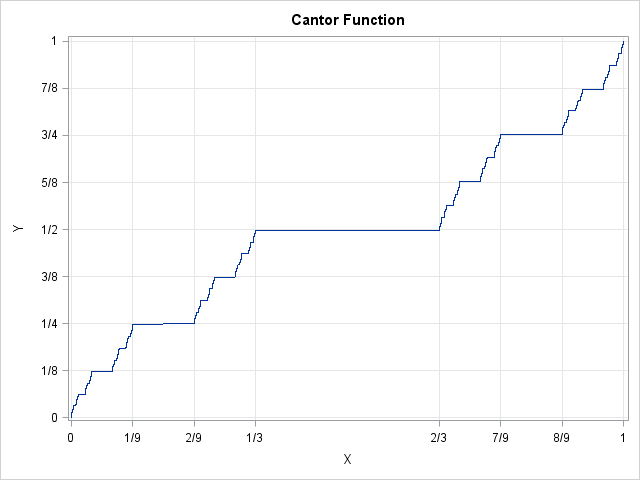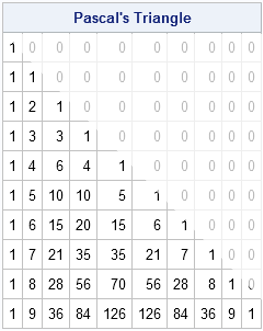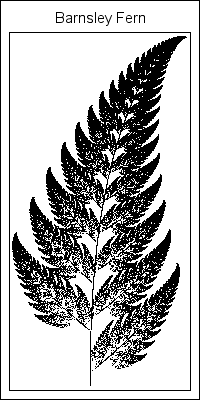
Out of the bosom of the Air, Out of the cloud-folds of her garments shaken, Over the woodlands brown and bare, Over the harvest-fields forsaken, Silent, and soft, and slow Descends the snow. "Snow-flakes" by Henry Wadsworth Longfellow Happy holidays to all my readers! In my last post I showed





